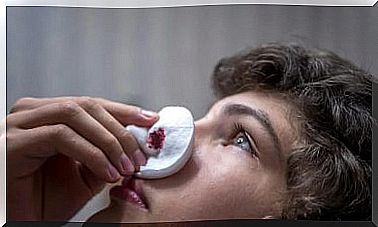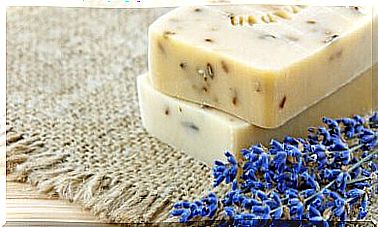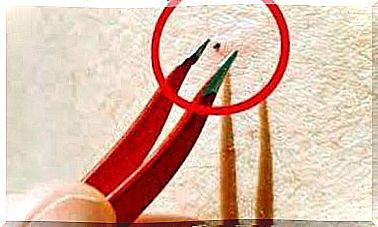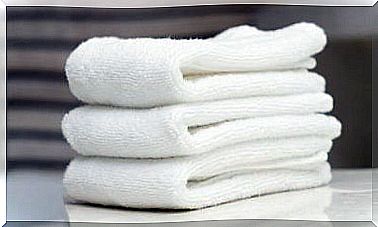Wounds On Hands And Fingers In Children
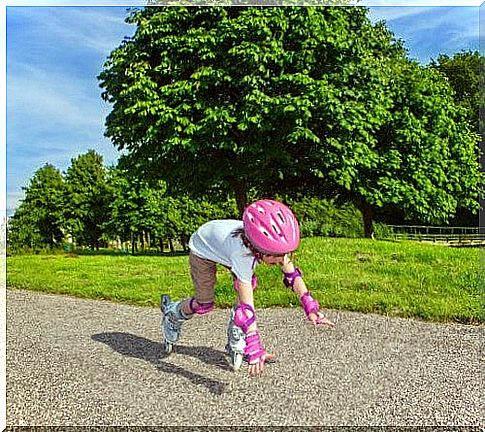
From birth, we are curious to discover the environment around us. Children put things in their mouths and touch everything as they learn and experience their tactile sensitivity. They are therefore much more susceptible to injuries and accidents, which in turn means wounds on the hands and fingers.
There is some graphic representation of an organism’s sensitivity called Penfield’s homunculus. Such sensory mapping was first described by Dr. Penfield, a neurosurgeon who gained great fame in the mid-20th century for his work in the areas of the brain.
If we look at Penfield’s homunculus, we can immediately see that the mouth and hands are clearly enlarged, representing their sensory sensitivity. These are the areas with the most sensory receptors. This also explains why babies want to touch everything and put everything in their mouths. For the same reason, they so often suffer from wounds on their hands and fingers .
In addition, as babies grow and walk, the equilibrium system develops. So, when falling, babies use their hands involuntarily to protect their head and the rest of their body.

Wounds on hands and fingers: domestic accidents
Home accidents are the biggest cause of infant death in our community. Homes are full of dangers for children, so you need to eliminate these dangers.
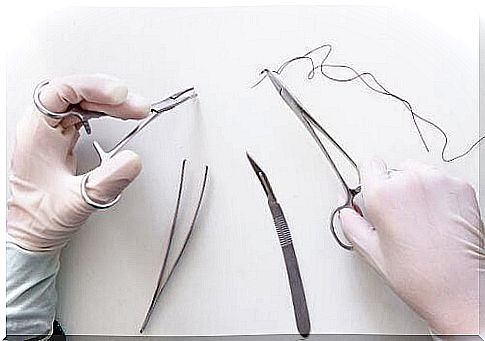
Electric burns and finger cuts are particularly common in domestic accidents. In all this, it is therefore very important to know what types of wounds are most common on the hands and fingers. In addition, you need to be able to properly treat them to avoid complications.
What are the most common types of injuries on the hands and fingers?
As mentioned in the previous section, injuries to the hands and fingers are extremely common in children. They can be a consequence of many different reasons, so we will focus on the most common:
- Cut wounds: what we call cuts. Children’s skin is very thin, so wounds can appear even through contact with a piece of paper. Cuts by touching the edges of cans or soda, and by contact with small glass crystals on the floor, etc. are common.
- Blunt injuries: arise from impacts and falls. They are usually associated with bruises and contusions. If the falls are severe, the wrist or the phalanges of the fingers can be fractured.
- Stab wounds: Stab wounds are the most complicated to treat because when an object penetrates the skin, a deeper wound is formed and is associated with a greater risk of infection. In this case, it is necessary to ensure that there is no foreign body residue in the tissue and that the area must be disinfected very well.
- Chafing wounds: these are scratches that are formed when the skin is heavily rubbed against the ground during a fall. Typically, these are typical knee injuries, but can also occur on the hands (typical of a fall from a bicycle or on a school playground).
How to heal wounds on hands and fingers?
Children in particular are most at risk of injuring their hands and fingers. Regardless of the type of wound, you must follow a series of general guidelines to prevent them from becoming infected. First of all , make sure that no foreign matter is left in the skin and clean the area.
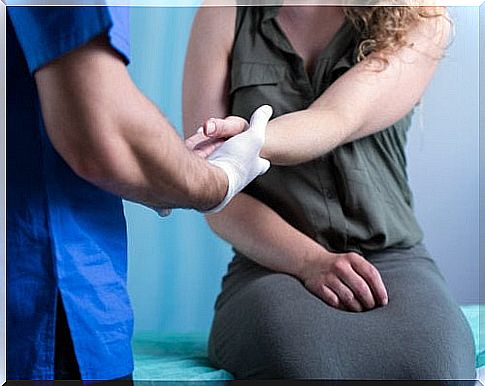
The skin is full of small capillaries, so even if the wound is very superficial, it can bleed a lot. If you use cold water or ice, the vessels will shrink and the bleeding will stop. It is best to put ice wrapped in a sterile gauze dressing to avoid direct contact with the skin. In addition, the cold helps reduce inflammation.
After that, the wound area must be thoroughly disinfected. There are pharmacy solutions, such as iodine or chlorhexidine, that are ready-to-use and very effective. In addition, they are often available as a spray that allows you to thoroughly spray the skin at the site of the cut.
If, after all, you do not see any improvement, and the wounds on your hands and fingers are deep and difficult to clean, we recommend that you go directly to the doctor and check the vaccination card. Sewing may be necessary to avoid the risk of complications and speed up healing.


